3 Fund Portfolio In 2024 [Diversify Your Investment]
Investing can be a daunting task, especially for those who are just starting. With so many options available, getting lost in many investment opportunities and strategies is easy. That's where the 3 fund portfolio comes in - a simple yet effective investment strategy gaining popularity recently.
This portfolio is designed to keep up with the market while minimizing risk and fees, making it an excellent option for beginners and experienced investors.
In this ultimate guide to keeping up with the market, we'll explore what makes the 3 fund portfolio such a powerful investment tool and how to use it to achieve your financial goals.
Skip Ahead
What Is A Three Fund Portfolio?
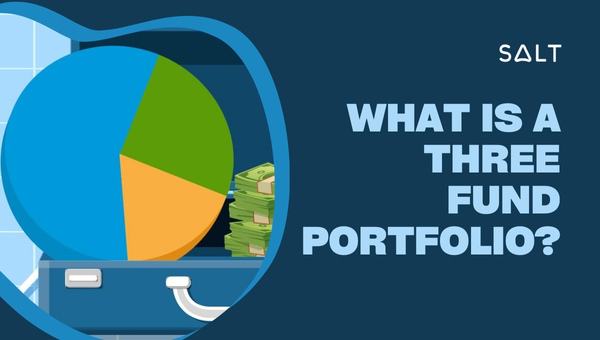
A three-fund portfolio is an investment strategy and a retirement plan with only 3 funds. This portfolio includes three components-
- US Stocks
- US Bonds
- International Stocks
It is a great way for investors to gain exposure to different asset classes in one fund. US stocks provide the foundation for growth, while bonds help provide balance and stability. International stocks offer additional diversity and can help reduce risks associated with relying solely on domestic markets.
Combining these three assets into one portfolio can create a well-balanced mix of low-cost investments that give them access to global markets with the potential for higher returns over the long term.
Who Should Build a Three-Fund Portfolio?

Any investor looking for an uncomplicated strategy that is easy to maintain should consider building a three-fund portfolio. This method is great for individuals who prefer not to manage their investments actively.
The funds chosen should be low-cost, broad-market index funds from reputable providers such as Vanguard or Fidelity. Ensuring the fees charged by each fund provider are competitive will help ensure your returns are maximized over time.
A three-fund portfolio is most suitable for those with a buy-and-hold approach to investing who aren't interested in the day-to-day market fluctuations and don't mind sacrificing some potential upside in exchange for less risk and more peace of mind.
By keeping costs low and simplifying the process, this portfolio strategy makes it easier for beginning investors to start their long-term investment journey with much less effort than other methods typically require.
How to Create a Three-Fund Portfolio?
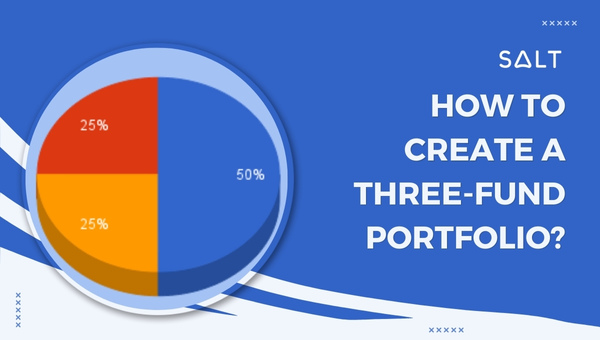
Now that you know what makes a 3 fund portfolio so appealing, let’s review how to create one. Building a 3 fund portfolio is fairly straightforward and can be broken down into 3 steps. It can be done through an online brokerage account.
- Evaluate index funds or ETFs for the highest level of return and diversification:
When building your 3 fund portfolio, you'll want to select the three index funds or ETFs offering the highest return and diversification level. This means choosing funds with low management fees, broad market exposure, and a good track record of performance.
- Compare the costs for different funds by looking at expense ratios to get the highest return with the lowest cost:
Once you’ve identified 3 funds that meet these criteria, compare the costs for each fund. Look at expense ratios to get the highest return with the lowest cost. This is especially important because fees can add up over time and significantly affect your returns.
- Consider how much of your portfolio to allocate to each fund based on risk tolerance and length of the investment.
Finally, consider how much of your portfolio to allocate to each fund based on your risk tolerance and when you plan to hold your investments. Generally speaking, a 3 Fund Portfolio should have about 60% allocated to US stocks, 20% to US bonds, and 20% to international stocks. However, this ratio may vary depending on your individual financial goals.
3 Fund Portfolio Asset Allocation
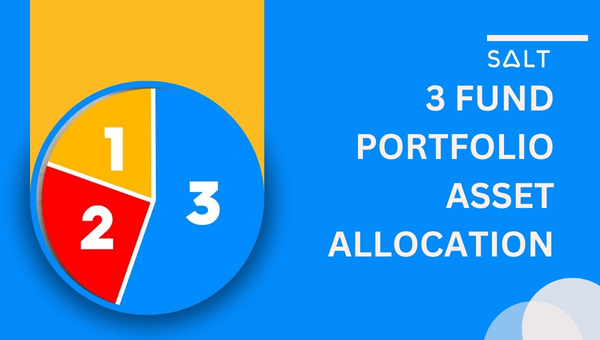
As it suggests, the 3 Fund Portfolio is an asset allocation strategy with 3 different funds. Each fund represents a different asset class - US Stocks, US Bonds, and International Stocks. Here are 3 asset allocations you can use to create 3 fund portfolio:
- 80-20 Portfolio: It comprises 64% US stocks and 16% international bonds, and 20% bonds.
- Equal Portfolio: It comprises 33% US stocks, 33% international stocks, and 33% bonds.
- 80-20 Portfolio: It comprises 14% US stocks, 6% international stocks, and 80% bonds.
Examples of 3 Fund Portfolio
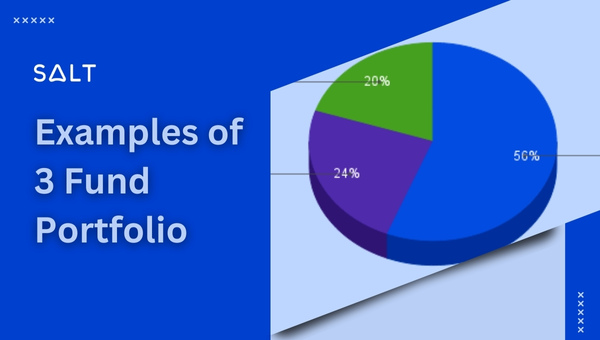
Here are 3 examples of 3 fund portfolios with 3 different asset allocation strategies:
US Index Funds:
- Vanguard Total Stock Market Index Fund (VTSAX)
- Vanguard 500 Index Fund (VFIAX)
- Fidelity S&P 500 Index Fund (FXAIX)
International Funds
- Vanguard Total International Index Fund (VTIAX)
- Fidelity ZERO International Index Fund (FZILX)
- Schwab International Index (SWISX)
US Bond Funds
- Vanguard Total Bond Market Index Fund (VBTLX)
- Fidelity US Bonds Index Fund (FSITX)
- Schwab US Aggregate Bond Index Fund (SWAGX)
Benefits of 3 Fund Portfolio

A 3 fund portfolio is ideal for beginner investors who want to keep things simple and cost-effective. Here are some of the benefits that 3 fund portfolios offer:
- Simple and hassle-free: 3 fund portfolios offer an easy way to diversify your investments. It requires minimal effort from the investor because all you have to do is choose 3 funds and allocate them in the right proportions.
- Control over your asset allocation : 3 fund portfolio gives you complete control over your asset allocation. This means you can adjust your 3 fund portfolio to match your risk tolerance and financial goals anytime.
- Easy to rebalance : 3 fund portfolios also make it easy to rebalance your portfolio as the markets change. Since 3 fund portfolios are simple, you don't have to worry about making a lot of trades when rebalancing.
- Low Risk : 3 fund portfolios offer a low-risk approach to investing. The 3 funds help balance each other's risk, so you don't have to worry too much about market movements.
Disadvantages of 3 Fund Portfolio
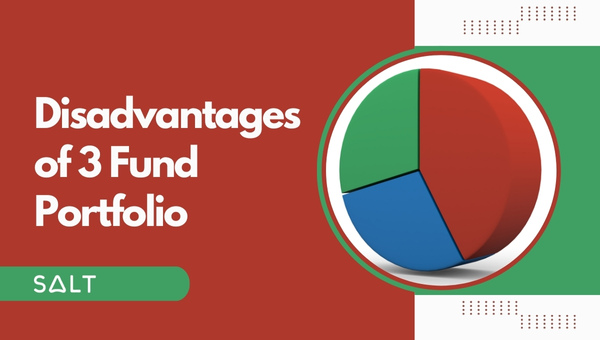
3 fund portfolios may not be suitable for everyone. Here are some of the potential drawbacks that 3 fund portfolios may have:
- Limited Diversity : 3 fund portfolios offer limited diversity, using only 3 funds or ETFs. This means you won't be able to diversify your portfolio beyond these 3 funds or ETFs.
- Dependence on Performance : 3 fund portfolios depend on the performance of 3 funds or ETFs. If one of these 3 funds performs poorly, it could affect your entire portfolio.
Tip Before You Get Started With 3 Fund Portfolio
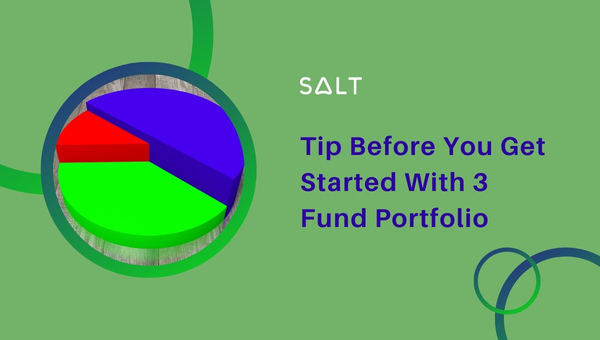
Before you get started with a 3-fund portfolio, make sure to do your research and understand how 3-fund portfolios work.
Decide which 3 funds or ETFs you want to include in your 3 fund portfolio, and decide on an asset allocation strategy. Here are some tips to help you get started:
- Automate your investments: Automating your 3 fund portfolio makes it easier to stay on track with your investments.
- Review your portfolio periodically: Review your 3 fund portfolio periodically and ensure you are still on track with your financial goals.
- Keep your goals clear : 3 fund portfolios can help you meet your financial goals, but it is important to keep them clear and focused.
- Be patient: Investing in 3 fund portfolios requires patience, as your investments may take some time to grow. Be patient and stay committed to your 3 fund portfolio.
3 Fund Portfolio Alternative
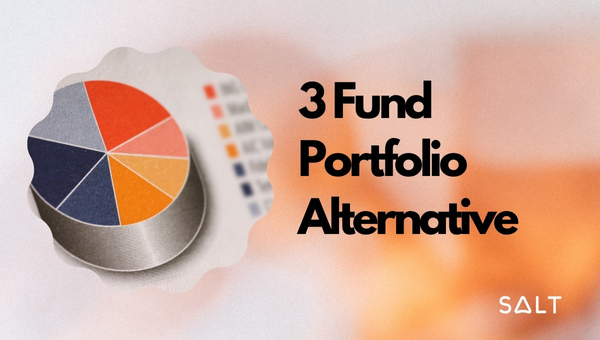
Every investor has different goals and needs, so 3 fund portfolios may not be the right choice for everyone. Here are 3 fund portfolio alternatives you can consider:
One Fund Portfolio:
The One Fund Portfolio, as recommended by Warren Buffett, is an investment strategy focusing on a single fund—the S&P 500 fund—to achieve a high-risk, high-return opportunity.
This unique portfolio has the potential to yield greater returns than other similar funds since it is composed of the top 500 U.S. stocks, which are weighted based on their market capitalization.
Two Fund Portfolio:
Investing in a two-fund portfolio consisting of a total stock market fund and a bond fund can potentially result in good returns and an extra layer of security.
Bond funds are generally viewed to be more stable than stocks, as they perform differently than stocks during fluctuations and swings in the market. This helps ensure that portfolios remain diversified and do not experience overly dramatic changes should an economic downturn or boom occur.
Four Fund Portfolio:
Investing in a four-fund portfolio is an ideal way to diversify investments and mitigate risk. A four-fund portfolio typically consists of total stock funds, bond funds, international stock funds, and international bond funds. This allows investors to spread their investments across various markets and types of securities, providing a much more robust approach to managing their portfolios.
In addition, the three fund portfolios of U.S. stocks, international stocks, and U.S. bonds can be supplemented with additional funds, such as index funds or sector-specific ETFs, to provide even greater diversification benefits.
This asset allocation approach can help investors reach their financial goals while reducing their overall risk exposure by minimizing investment losses in volatile markets or during adverse economic conditions.
Conclusion
In conclusion, the 3 Fund Portfolio is an excellent investment strategy for those looking to keep up with the market while minimizing risk and fees.
By investing in a combination of three low-cost index funds, investors can achieve diversification across the entire stock and bond market while maintaining a simple and easy-to-manage portfolio.
Whether a beginner or an experienced investor, this approach can help you achieve your financial goals without the stress and complexity of more advanced investment strategies.
Investors can build a solid foundation for long-term wealth building by evaluating index funds or ETFs for the highest return and diversification. So why not give the 3 Fund Portfolio a try today? Your future self will thank you.

Michael Restiano
I support product content strategy for Salt Money. Additionally, I’m helping develop content strategy and processes to deliver quality work for our readers.
